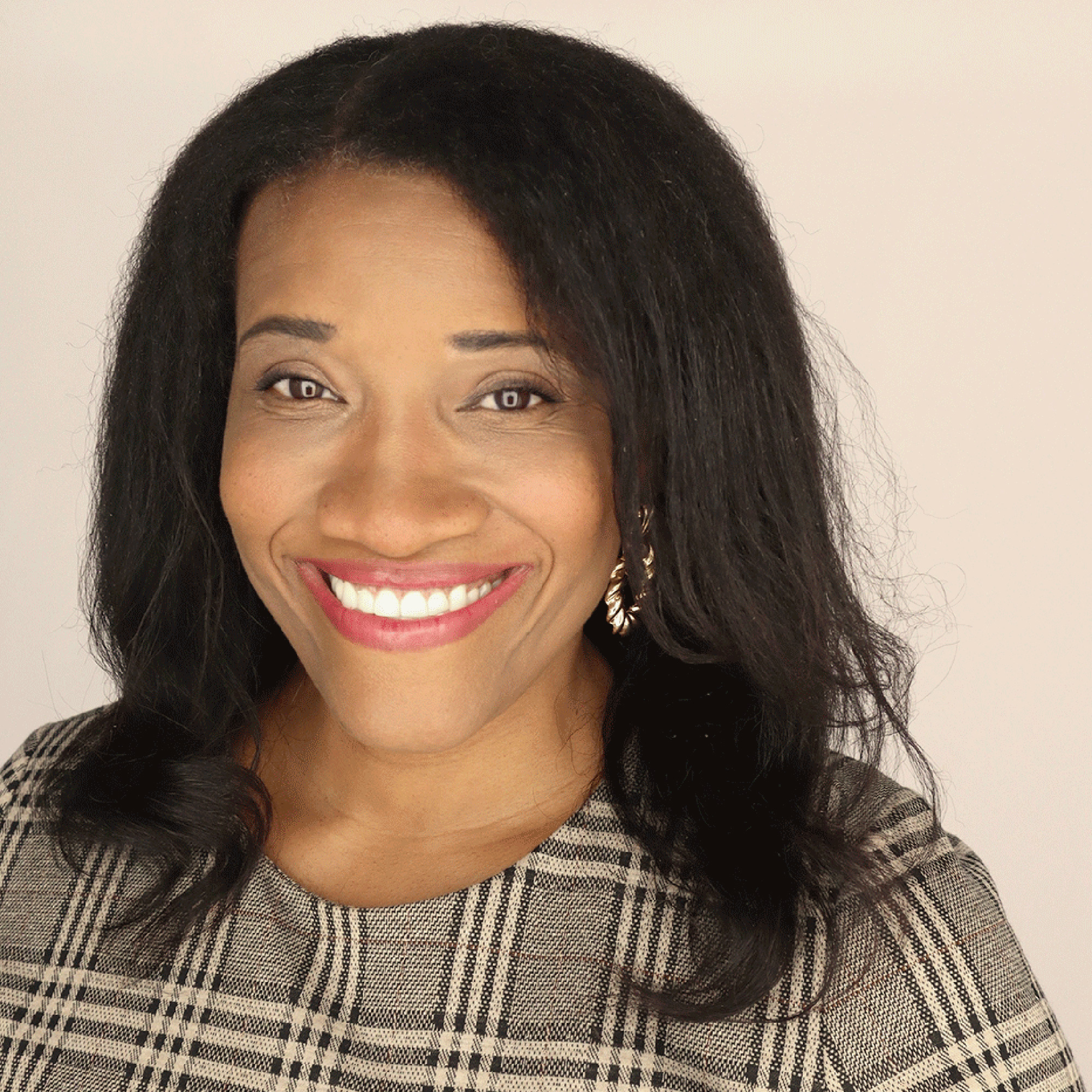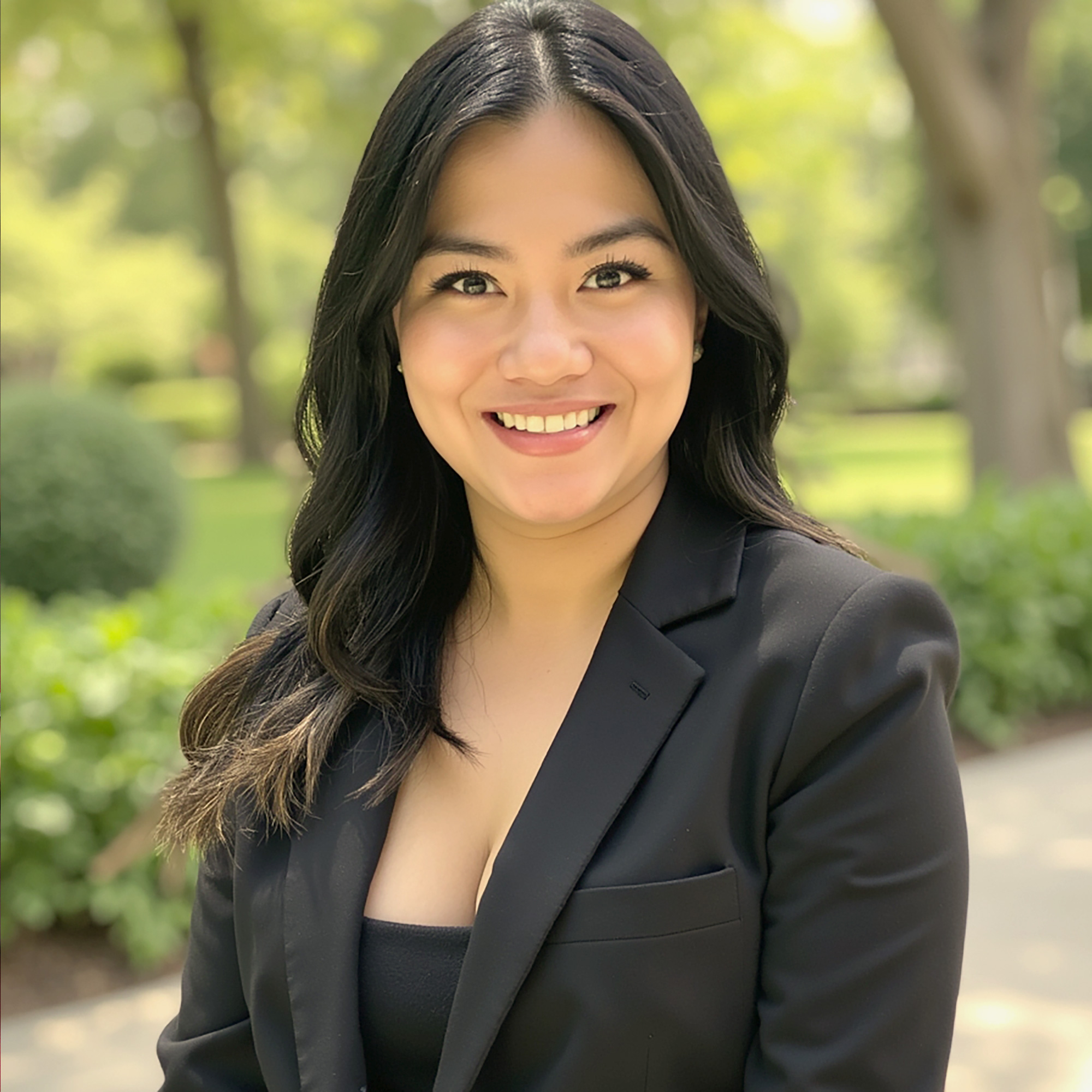Why did you choose Harvard Extension School?
Before Harvard, I already had deep ties to the arts and civil rights communities, drawing on my background in music and law. I also previously attended the University of Colorado Law School and Hampton University.
I had the privilege of watching my cousin graduate from Harvard Business School and a close friend complete a program at Harvard Extension School. Their achievements — and the strength of the Harvard community — left a lasting impression on me.
Hearing how much my friend valued the HES experience inspired me to look into it more closely. At the time, I was managing increasing demands at work and at home, and I knew I needed a flexible academic path that could grow with me.
I was looking for an impactful way to stay engaged in the arts and chose the Museum Studies graduate program to expand my knowledge, deepen my impact, and engage with cutting-edge practices in museum leadership — all while settling into a new home in Kansas City.
How has your Harvard Extension School experience helped you throughout your career journey? How do you expect it to impact your next steps?
My passion for cultural institutions has long been reflected in my volunteer and leadership work with a range of organizations, from the Smithsonian National Museum of African American History and Culture, and the American Alliance of Museums, Apollo Theater Foundation, to the Cleo Parker Robinson Dance Company, and the National Center for Civil and Human Rights in Atlanta.
I also work closely with the oldest African American art museum in the United States, Hampton University Museum, and co-founded the Maynor Biggers Arts Fund, a philanthropic initiative supporting artists whose work empowers their communities.
At Harvard, I had the privilege of deepening my passion, learning from world-renowned museum leaders, and collaborating with peers equally passionate about advancing the field. My coursework included Museum Law, The Business of Museums, and Exhibition Development, all of which emphasized a strong equity lens — ensuring that museums are not only inclusive and accessible, but also reflective of the diverse communities they serve at every level.
This work led to my recent appointment to the Editorial Review Board of the American Alliance of Museums, where I continue contributing to the broader conversation on the future of museums.
There are several memorable moments throughout my HES experience. I took groundbreaking courses with Brenda Tindal, Harvard’s chief curator, on the role of arts institutions as sites of social action. I learned the inner workings of Harvard Art Museums with curator David Odo. I had the opportunity to attend courses on campus where I was able to fully immerse myself in the most vibrant academic setting in the world.
Lastly, my capstone project, “Equitable Mentorship as a Tool for Creating Sustainable Diversity in Museums and Arts Institutions,” embodies a commitment to structural change and long-term impact.
One of the most enriching aspects of my time at Harvard was the opportunity to work directly on projects with national arts organizations and museums, including the Spencer Museum of Art, PBS Foundation, and the American Alliance of Museums. This work led to my recent appointment to the Editorial Review Board of AAM, where I continue contributing to the broader conversation on the future of museums.
How has your career trajectory evolved since starting at HES? Have any doors opened that you did not expect?
Earning a Master of Liberal Arts (ALM) in Museum Studies from Harvard Extension School has been one of the most meaningful accomplishments of my life. I pursued this degree while working full-time and growing my family — beginning the program as a parent of one and completing it as a parent of three. The flexibility and support offered by HES allowed me to balance my personal, professional, and academic responsibilities without compromise.
HES has opened many doors professionally as I continue to support arts organizations nationwide. Furthermore, HES has strengthened my ability to spearhead community arts groups that financially support artists using their art to uplift community.
This degree represents five years of dedication to learning, growing, and pushing for a more equitable cultural landscape. Through HES, I was able to not only pursue advanced education but also honor my commitment to family, community, and the arts.

